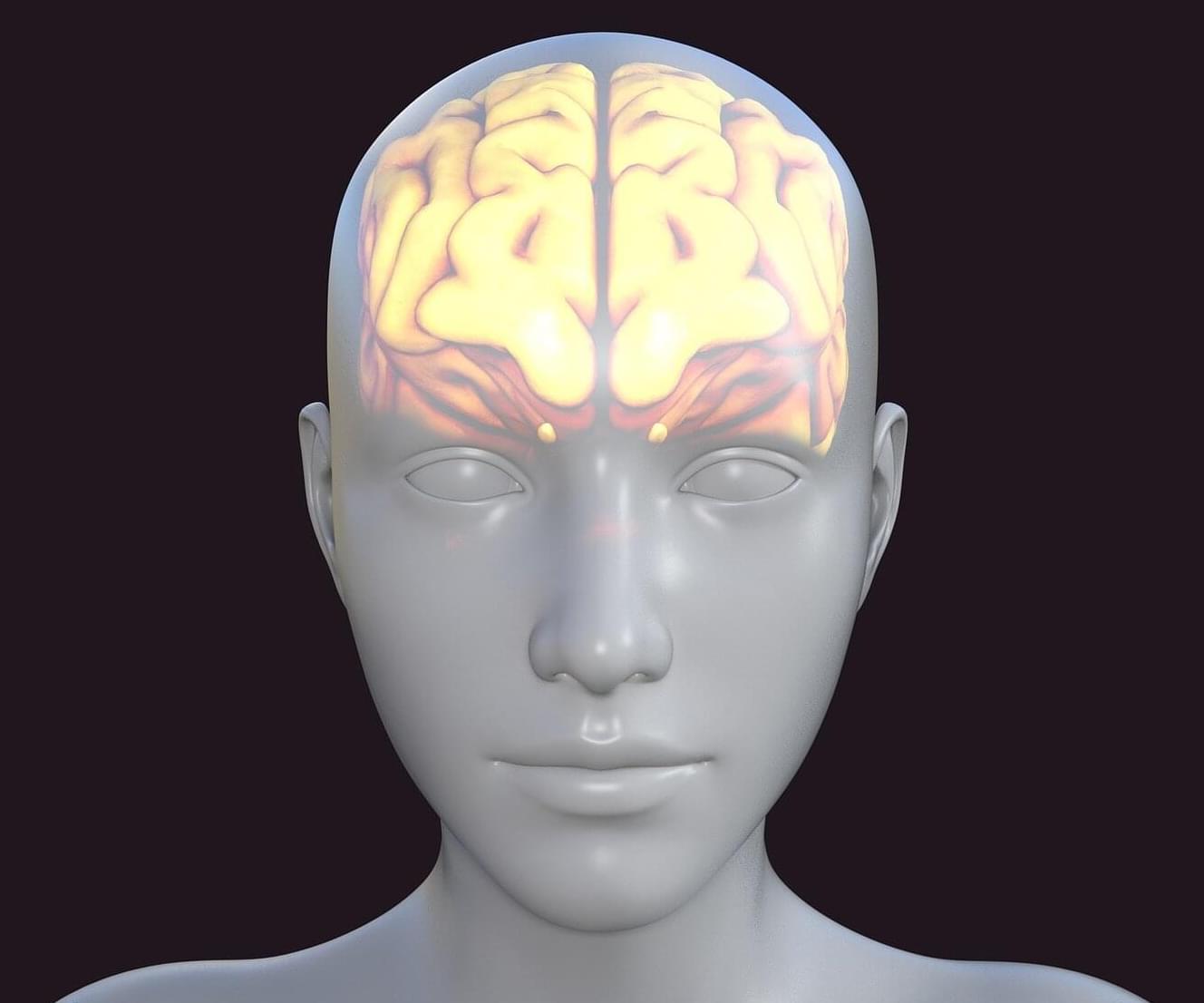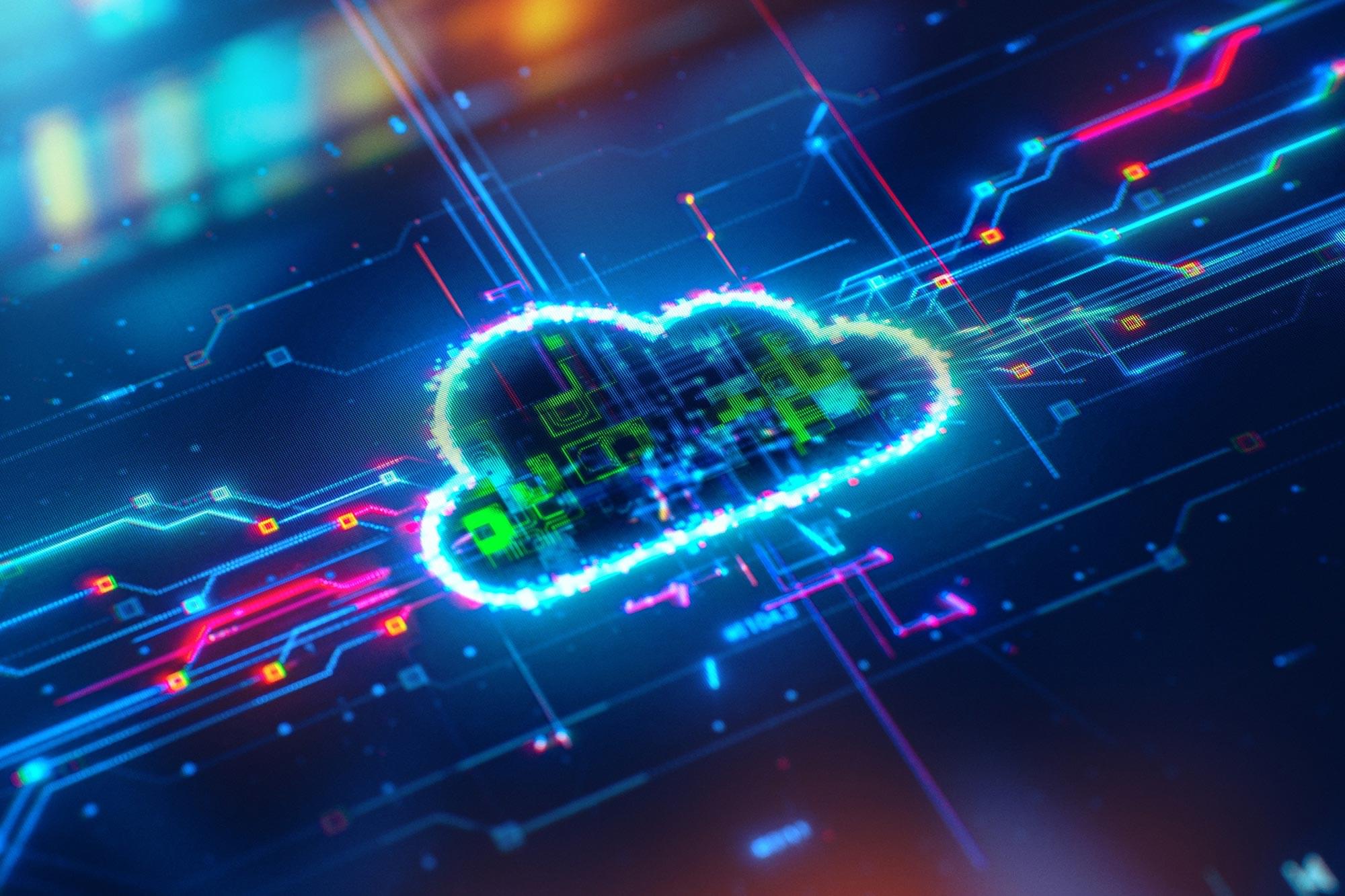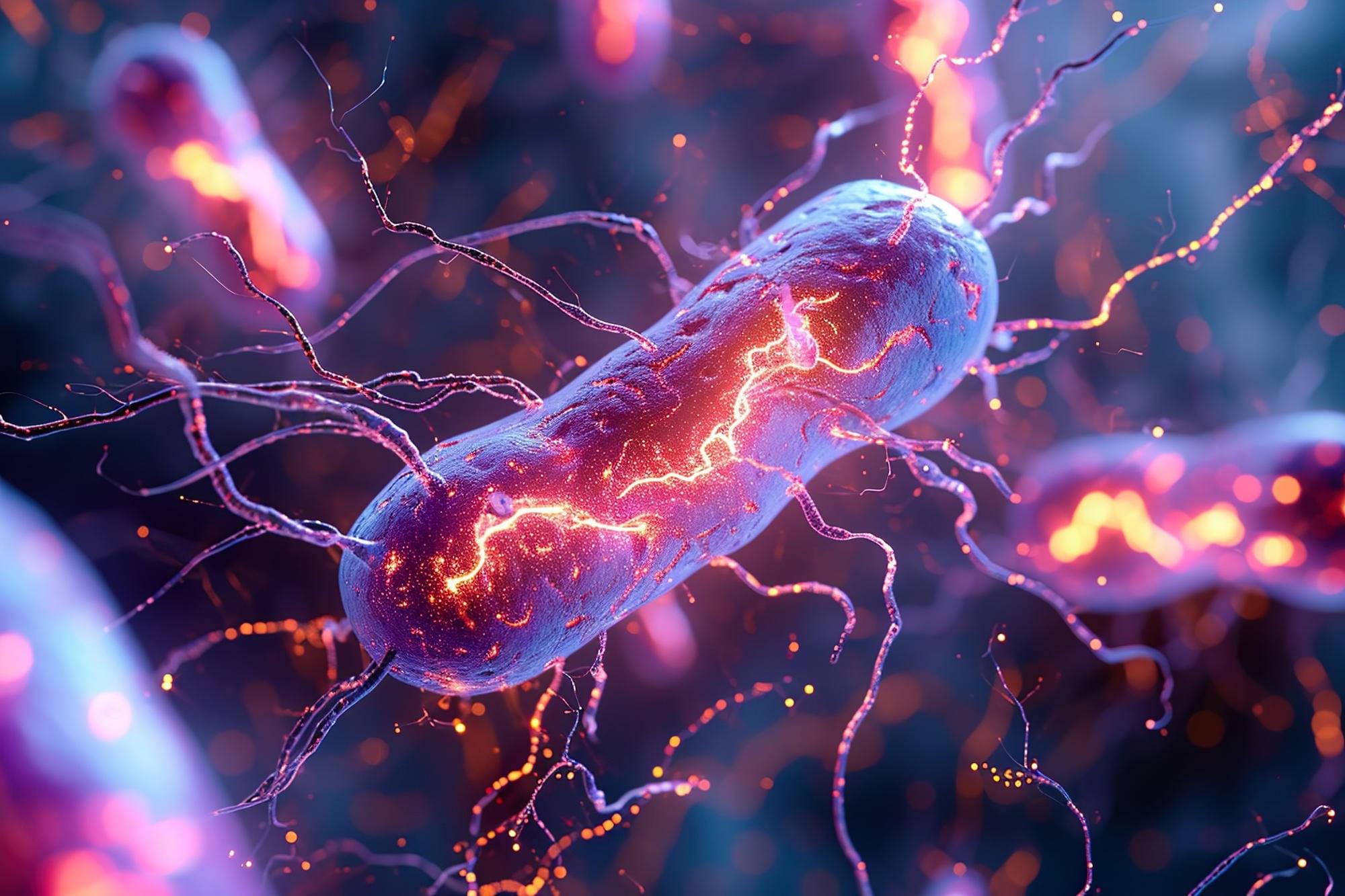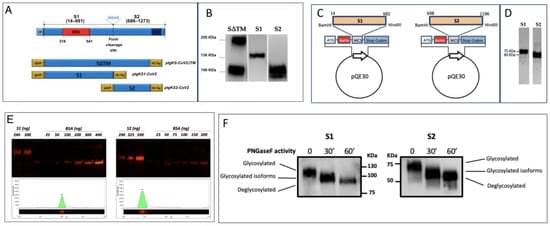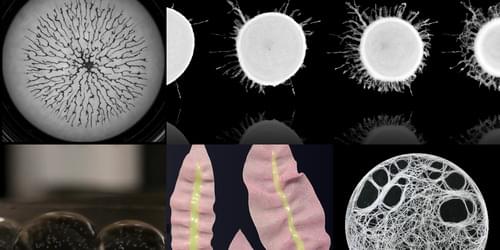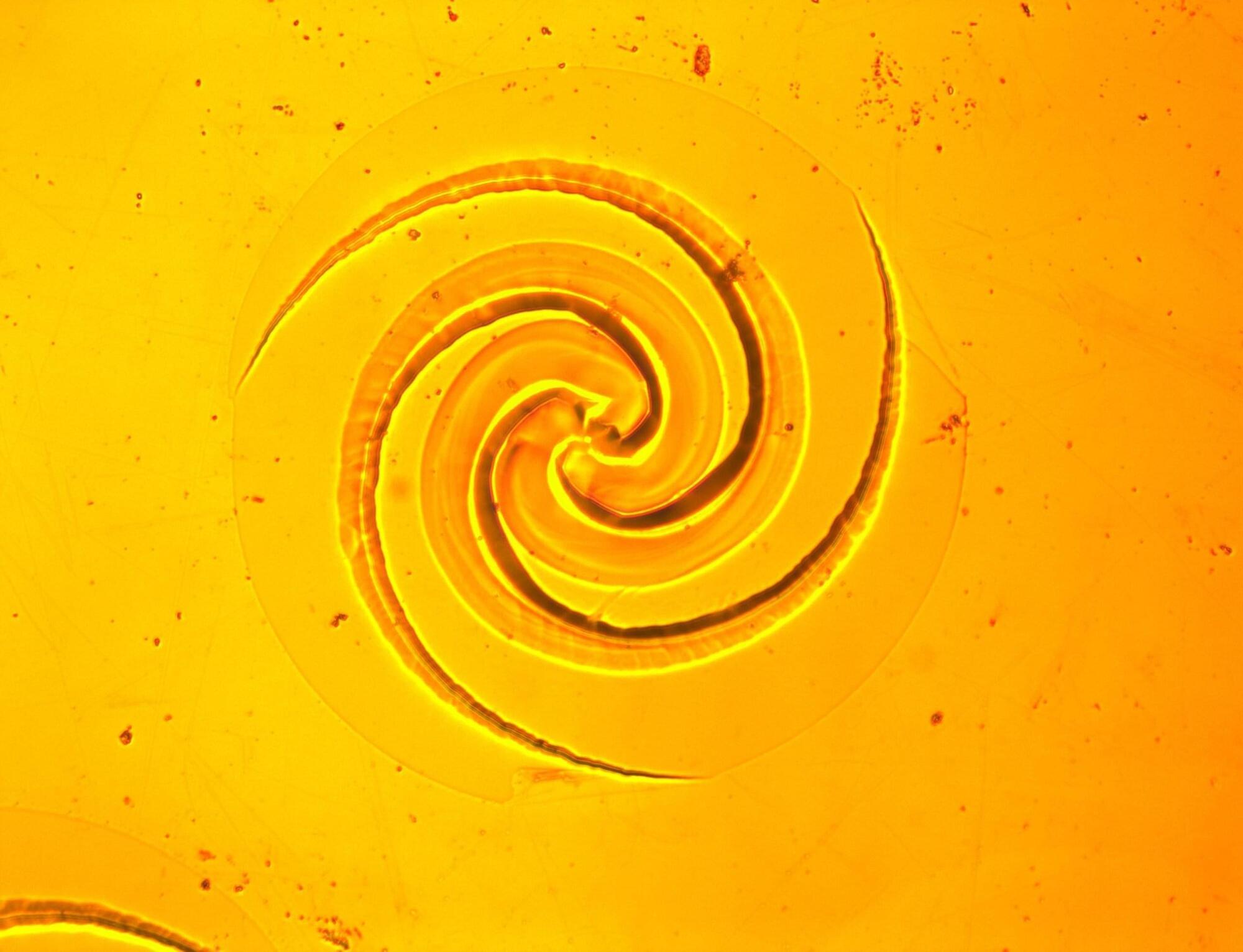How gravity causes a perfectly spherical ball to roll down an inclined plane is part of the elementary school physics canon. But the world is messier than a textbook.
Scientists in the Harvard John A. Paulson School of Engineering and Applied Sciences (SEAS) have sought to quantitatively describe the much more complex rolling physics of real-world objects. Led by L. Mahadevan, the Lola England de Valpine Professor of Applied Mathematics, Physics, and Organismic and Evolutionary Biology in SEAS and FAS, they combined theory, simulations, and experiments to understand what happens when an imperfect, spherical object is placed on an inclined plane.
Published in Proceedings of the National Academy of Sciences, the research, which was inspired by nothing more than curiosity about the everyday world, could provide fundamental insights into anything that involves irregular objects that roll, from nanoscale cellular transport to robotics.
